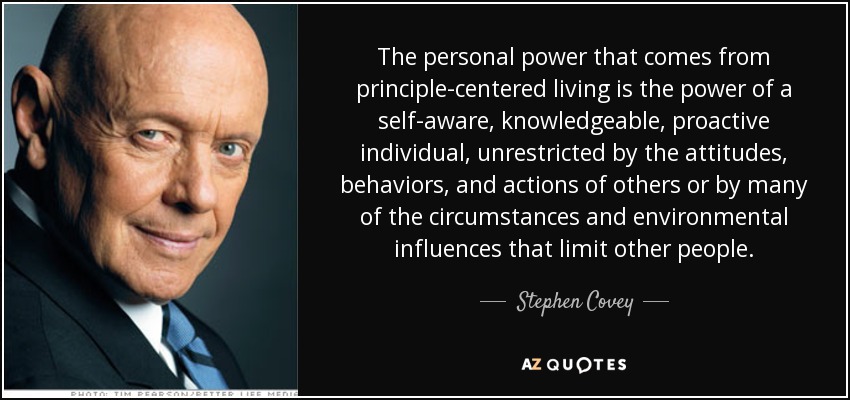Jan, 11, 2021
What is Leadership?While there are numerous theories and concepts defining what Leadership is all about, John Maxwell, the world-renowned author, coach, and speaker postulated a very simple yet powerful model – The 5 Levels of Leadership Model. He explained the model in the following termsLevel 1: PositionThis is the lowest level of leadership—the entry level. People who make it only to Level 1 may be bosses, but they are never leaders. People follow them because they have toLevel 2 : PermissionMaking the shift from Position to Permission brings a person’s first real step into leadership. Leadership is influence, and when a leader learns to function on the Permission level, everything changes. People follow them because they want toLevel 3: ProductionProduction qualifies and separates true leaders from people who merely occupy leadership positions. Good leaders always make things happen. They get results. People follow them because of what they have done or are doing for the organizationLevel 4: People DevelopmentThe ability to create a high-productivity team, department, or organization indicates a higher level of leadership ability than most others display. People follow them because of what they do for their followersLevel 5: The PinnacleRare is the leader who reaches Level 5—the Pinnacle. Not only is leadership at this level a culmination of leading well on the other four levels, but it also requires both a high degree of skill and some amount of natural leadership ability. It takes a lot to be able to develop other leaders so that they reach Level 4; that’s what Level 5 leaders do. The individuals who reach Level 5 lead so well for so long that they create a legacy of leadership in the organization they serve. People follow them for what they are.While many leaders grow within organizations in terms of role, title, privileges and rewards, their growth in this area of Leadership is rarely looked at. When issues crop up due to the negative aspects of the leadership style, organizations are faced with a tricky situation as acknowledging the problem, providing feedback or taking action could lead to further issues.How is this model a useful tool for an aspiring young leader?In my own case, when I was given my first leadership position, I assumed that my title and authority was all I needed to function as an effective leader. My thinking was that, since I was an outstanding performer at the individual contributor level, I was automatically qualified and entitled to be a leader. The next few months were very painful, to say the least, as I faced a lot of issues with my team. A team, which was a high performance team before my promotion, became a low performing team. Incidents of conflicts, attrition and customer complaints all started increasing on a daily basis.I was fortunate enough to have a great boss, one who believed in placing his trust in his people and developing them through coaching and mentoring. Due to his guidance and support, I was able to become aware of my own inappropriate behaviours and slowly attempted to correct them. It took me many years though.Reading about the 5 levels of leadership gave me a powerful insight in to the leadership puzzle. This coupled with an understanding of the Positional Power vs. Personal Power concept helped me to get a better and more complete understanding of the puzzle. I had assumed that Positional Power was all I needed to be a leader, which was why I remained at Level 1.To grow as a leader and move up to the next levels, Personal Power is necessary. For any aspiring leader, understanding where they are on the 5 levels and developing their personal power through daily actions are the the keys to their leadership success.

comments (00)